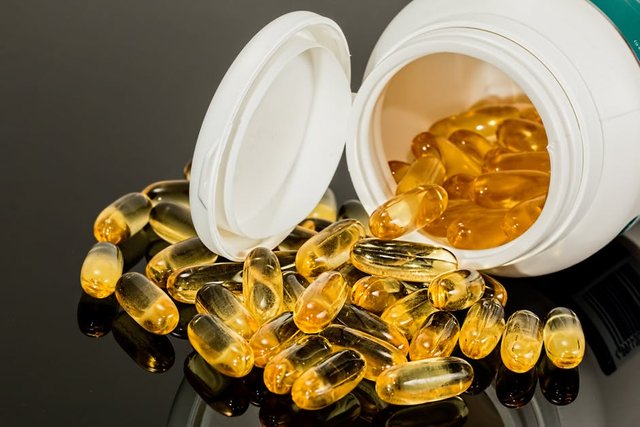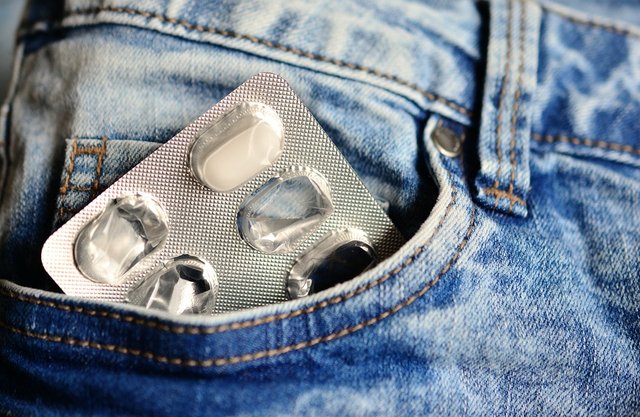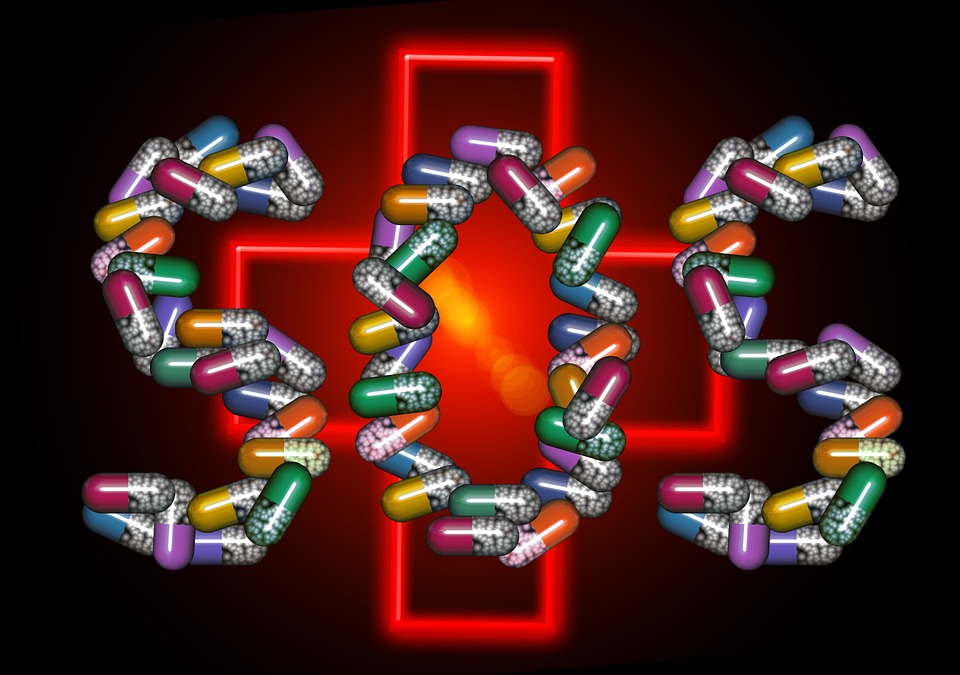Antibiotic Resistance: A Threat to Human Existence- (The Causes, Mechanisms and Possible Solutions)
According to medical experts, over 2 million people in the United States become ill every year with antibiotic resistant infections, and an estimated 23,000 people die in the process.

The discovery and sales of antimicrobial drugs, was a milestone achievement in modern medicine. Antibiotics grew to become the most important medical inventions, and have been of great use in the management of most complex medical conditions, including cancer treatment, organ transplantation and many surgical procedures. Sadly however, over the years, some microorganisms have developed mechanisms of resisting the effects of these antibiotics. This increased resistance comes mostly as a result of the over-exposure of microorganisms to antibiotics. The more a microorganism comes in contact with an antibiotic; it starts to develop different mechanisms of resistance against the effect of such antibiotics.

To understand the problem of antibiotic resistance better, it is necessary to point out some relevant concepts.
Firstly, microorganisms can develop resistance to antibiotics naturally by staying in the same environment with the antibiotic-producing molecules inside the body. Just as stated by Darwinian evolution, this is a form of natural adaptation technique termed intrinsically developed resistance.
Intrinsically developed resistance is not the center of focus when talking about the problem of multi-drug resistance. Rather, the main culprit of antibiotic resistance in clinical medicine is the development of acquired resistance towards an antibiotic molecule which a bacterial population was formerly susceptible to.
In this article, we will look at some of the molecular mechanism of antibiotic resistance.
Mechanisms of Antibiotic Resistance

Source
Over years of evolution and constant antibiotic attacks, microorganisms have developed sophisticated mechanisms of resisting the action of the antibiotics. A singular microorganism can use one or more of these techniques in evading the effect of any antibiotic. The resistance mechanisms include:
Mechanism One: Modification of the Antibiotic Molecule
This is the mechanism in which bacterial organisms produce some enzymes that can deactivate the antibiotics by either totally destroying the drug, or attaching some chemical moieties to it, such that it is unable to bind to its target site. Micro organisms do this by two main methods:
1. By Chemical Alteration of the Antibiotic Molecule
This mechanism applies mostly to antibiotics that exert their effects by inhibiting bacterial protein synthesis at molecular levels. The microorganisms produce enzymes that cause the following:
- Acetylation of drugs like chloramphenecol, aminoglycosides and lincosamines
- Phosphorylation of chloramphenecol and aminoglycosides
- Adenylation of lincosamines and aminoglycosides
No matter which of these mechanisms a bacteria uses, it reduces the affinity of the antibiotic for its target.
2. Destruction of Antibiotic Molecule
Some micro organisms inactivate antibiotics by the action of ß-lactamarase. ß-lactamarase destroys the ß-lactam ring, which is the active component of penicillin and other ß-lactam-based antibiotics.
Mechanism Two: By Decreasing the Penetration and Increasing the Efflux of Antibiotics
In this mechanism, microorganisms alter the permeability level of their cytoplasmic membrane to hinder antibiotic molecules from penetrating their cells. Alternatively, microorganisms can produce efflux pumps on their cell membrane, which massively pump out antibiotics from the cells.

How Human Activities Increase Antibiotic Resistance
Over exposure to antibiotics may be as a result of self-medication and misuse of antibiotics by sick persons and health workers who administer antibiotics to patients without adequate testing. Also, when farmers treat cows and other livestock with antibiotics, consumption of such meat transfers the antibiotics to humans. With time, the microorganisms in the body will develop resistance to such antibiotics.

Each time you abuse drugs, you contribute to your own problem
These antibiotic-resistance superbugs have become a massive threat to human existence, and doctors are now skeptical about treating patients with new drugs, as there is a big possibility that the superbugs will develop resistance for the new drugs as well.
Recommendations to Fight Antibiotic Resistance
The fight against antibiotic resistance is everyone’s responsibility. Experts have come up with the suggestions to help tackle the issues.
• Health workers should not administer any antibiotics on patients unless if determined by antibiotic sensitivity test.
• When antibiotics are prescribed for sick persons, they should take the full dosage to ensure that the antibiotic kills the pathogens completely. This is because taking half dosage only suppresses the pathogens and allows them to evolve into resistant superbugs.
• Livestock farmers are advised to seek the services of a veterinary doctor when administering antibiotics on their animals.
Governments and research institutes also need to invest more time and resources into developing stronger antibiotics that’ll help curb this global crisis. While all this is going on, we must all team up to create awareness and sensitize people on the causes of this menace, because if we don’t rise and fight now, antibiotic resistant infections may one day wipe all of us out of the surface of the earth.
References
Mechanisms of Antibiotic Resistance
Resistance Mechanism
Antibiotic resistant superbugs
Antibiotic Resistance: Drug conditions
The epidemic of antibiotic resistant infections
Drug Resistance Threat Report
Image sources (All images are collected from free sources)
A
B
C
D
For more interesting articles, please upvote, resteem and follow @dandymee

Being A SteemStem Member
This is interesting